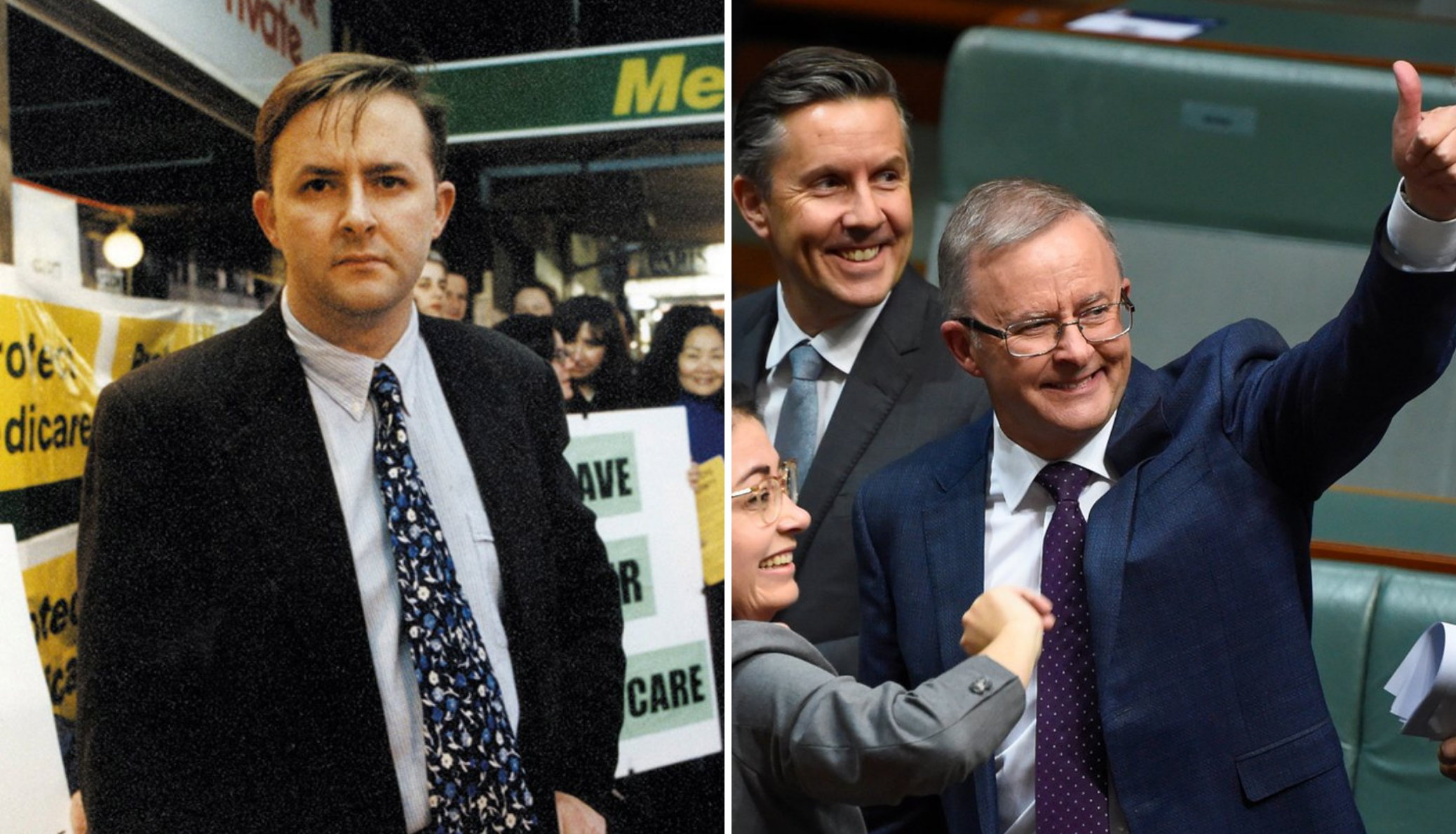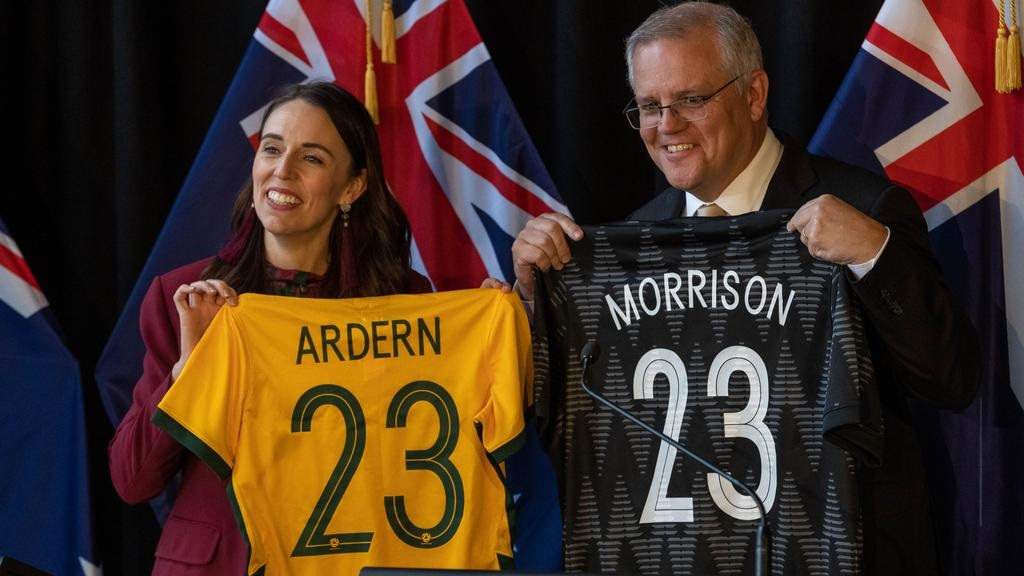Opposition Leader, the Hon Anthony Albanese MP, seems to be rising in popularity as Australia’s preferred Prime Minister.
The data released in the latest Newspoll show that Labor and the Coalition are deadlocked in a 50-50 split on a two-party preferred basis.
However, in a head-to-head contest for preferred Prime Minister, Mr Albanese has clawed away much-needed points from Prime Minister Scott Morrison.
If these polls give any indication of the wider public’s intentions at the next federal election, it has become important to understand the ideals and motivations of those who have the potential to become our 47th Prime Minister.
In the first of a new series on the Key Players for the upcoming election, the Nexus team has collated a summary of Opposition Leader Anthony Albanese’s values, history, and vision.
WHERE DID HE COME FROM?
Mr Anthony Albanese was born in the inner-Sydney suburb Camperdown and raised by his single mother Maryanne Ellery. Mr Albanese’s mother is the most influential person in his life and helped nature his passion for fairness and social justice.
Mr Albanese lived in public housing throughout his childhood and experienced firsthand the need for secure housing and a stable living environment.
Mr Albanese was the first person in his family to graduate high school and the first to attend university. He graduated from the University of Sydney with a Bachelor of Economics. During his time here, Mr Albanese started to rise as a critical player in the left faction of the Labor party and was a member of the Students’ Representative Council.
Mr Albanese worked as a Bank office for Commonwealth Bank from 1980-81 and then as a Research officer for the Hon Thomas Uren MP AC, former Minister for Local Government and Administrative Services from 1985-1989.
With the backing of the Left faction, Mr Albanese became Assistant General Secretary of the New South Wales branch of the Labor Party 1989. After six years, he left to become the Senior Policy Adviser to former NSW Premier, the Hon Bob Carr MP.
WHERE IS HE NOW?
Mr Albanese was elected to the House of Representatives for Grayndler in 1996. In his first speech, he cited public infrastructure funding, guaranteed minimum income (GMI) and native title as key areas of interest for his political career. Mr Albanese has also been campaigning for entitlement to superannuation for same-sex couples and same-sex marriage since his introduction to federal politics.
Mr Albanese was promoted to the opposition Shadow Cabinet in 2001 in the portfolio for Ageing and Seniors. His rise in status within the Labor party became evident when Mr Albanese replaced the Hon Julia Gillard MP AC as the Manager of Opposition Business in the House when the Hon Kevin Rudd MP AC became the party leader in 2006.
Following the Labor party’s election win in 2007, Mr Albanese steadily gained power within the government. Under the Prime Ministerships of both Mr Rudd and Ms Gillard, Mr Albanese served as Minister for Infrastructure and Transport, Minister for Regional Development and Local Government, and Leader of the House of Representatives.
When Mr Rudd defeated Ms Gillard in the final leadership contest of June 2013, Mr Albanese was elected as Deputy Leader of the Labor Party and hence became Deputy Prime Minister.
Following the 2013 election loss, Mr Albanese sought to become Leader of the Australian Labor Party but lost the vote to the Hon Bill Shorten MP. Following two consecutive election defeats for Mr Shorten, Mr Albanese once again sought the party’s leadership and his candidacy was uncontested.
Deputy Leader of the Opposition, the Hon Richard Marles MP, Chief of Staff Mr Tim Gartrell and former Prime Minister, the Hon Kevin Rudd MP AC have become reliable confidants to Mr Albanese since he was appointed Leader of the Opposition.
WHERE IS HE GOING?
Throughout his time leading the Labor Party, Mr Albanese has outlined a clear vision for Australia as a “positive, aspirational and modernising” country that will flourish in the coming years.
Mr Albanese’s 2021 Budget Reply speech gave the Australian public a fundamental understanding of the current priorities of the Labor party. In his speech, Mr Albanese outlined five key commitments.
- Establish a Housing Australia Future Fund and build homes for our most vulnerable Australians. Besides providing much-needed public housing, construction will create 20,000 + jobs each year over five years.
- Establish New Energy Apprenticeships in renewable industries will give Australians the skills and expertise to power the future economy.
- Criminalise wage theft in Australia.
- Legislating the obligation on employers to keep their employees safe from discrimination and harassment in the workplace.
- Create a mentoring program in the HELP system for 2,000 young innovators to start a business straight out of university.
These promises, along with his ‘vision statements’ have given an insight into what a potential Labor Government under the Prime Ministership of Anthony Albanese could be like. If you want to read our analysis of Mr Albanese’s vision statements, click here.
Mr Albanese’s personal life and past have undoubtedly influenced his desire to improve social housing and the overall living standard of Australians.
It also seems that developing and improving the nation’s workforce and renewable energy capability have become areas of interest for the Labor party in the aftermath of the COVID-19 pandemic and in the lead-up to the next election.
Whether the election is held this year or in 2022, the Labor Leader has used his first two years to put the ALP on the front foot for an election campaign, early or otherwise. But as his predecessors would know, it’s the home stretch of the electoral cycle that makes you Prime Minister.
As Albo has said in recent times, ‘Budget week is the siren sounding and the bounce for the fourth quarter…’, but will the ALP kicking with the wind? It remains to be seen.
Latest posts by Nexus APAC (see all)
- United Kingdom General Election 2024: An Overview - April 15, 2024
- Australian Voters Go to the Polls - February 26, 2024
- Secretaries of Federal Departments – An Overview - February 1, 2024



